Description
When you need an adhesive or sealant, you want the best one to get the job done. If you’re building a new deck, butyl tape can add years of safety and usefulness to your home improvement. Butyl tape provides a protective barrier against the moisture and condensation that seeps through the decking boards when it rains or snows, keeping your wood stronger for the long run.
What Is Butyl Tape?
Adhesives come in three main varieties: silicon-based, rubber-based, or acrylic-based. In addition, you can find both natural and synthetic rubber adhesives.
This article focuses on butyl adhesives, part of the rubber-based category. Butyl was developed to augment traditional rubber adhesives. Butyl tapes are less temperature-sensitive and maintain their stickiness at much lower temperatures than natural rubber.
With butyl rubber tape, you find a tape that instantly adheres to most surfaces and has a high adhesion level. Due to its flexibility bonds well in applications where moisture is a factor, such as with decks. In addition, homeowners and builders appreciate how quickly they can repair with butyl seal tape.
<strong>What Are The Uses Of Butyl Tape?
When might you use this flexible adhesive? You can use Butyl tape in a variety of situations:
– RV butyl putty tape (for a camper)
– Small home repairs
– With glass or metal, including ductwork
– On a wide range of surfaces, including wood, it is an excellent choice for deck substructures.
What Are The Pros And Cons Of Butyl Tape
Of course, with any tool, there are advantages and disadvantages. Let’s start with the pros.
Butyl tape:
– Securely bonds to even resistant surfaces
– It is less temperature-sensitive and oozes less in high temperatures
– It can be applied in a wide range of weather conditions — very flexible
– It is more affordable than acrylic or silicone in most instances
– Provides an effective barrier that is airtight and watertight
– Flows better around decking screws and deck fasteners, creating a tighter seal.
– However, no adhesive is perfect. Butyl tape and butyl sealant also have cons:
Because it is solvent-based, it can dissolve if exposed to strong solvents such as gasoline, turpentine, or mineral oil
It does not adhere well if the surface is very rough
Though it has improved, it can be affected by extreme temperatures
Butyl tape is best used during construction. However, if a sealant is needed after construction, such as around a window frame, you may need caulk or other material that works like caulking.
A deck’s substructure, its beams, and joists can start to rot around 8 to 10 years, even with treated lumber. Therefore, ensure your deck’s substructure lasts as long as the deck boards it supports with butyl tape.
Water leakage through your decking boards can cause hidden damage unless your beams and joists are covered. Even tiny cracks around screws and can lead to wood rot. For a small cost, you can protect your deck substructure by applying flashing tape. Trex Protect can waterproof the tops of the deck joists, rim joists, beams, and the ledger board. It will hold water out and help seal around screw holes and metal fasteners to prevent corrosion.
Which Butyl Tape Should You Buy? Best Quality Joist Tape
Butyl tapes are often considered an all-in-one solution due to their many application uses. It is compatible with these surfaces:
– Glass
– Rubber roofing
– Metal roofing
– Wood
– Galvanized
– Aluminum
– Metal
– Plastic
The flexibility, strong adhesion, and weatherproof nature of butyl tape make it the perfect choice to be deck flashing tape.

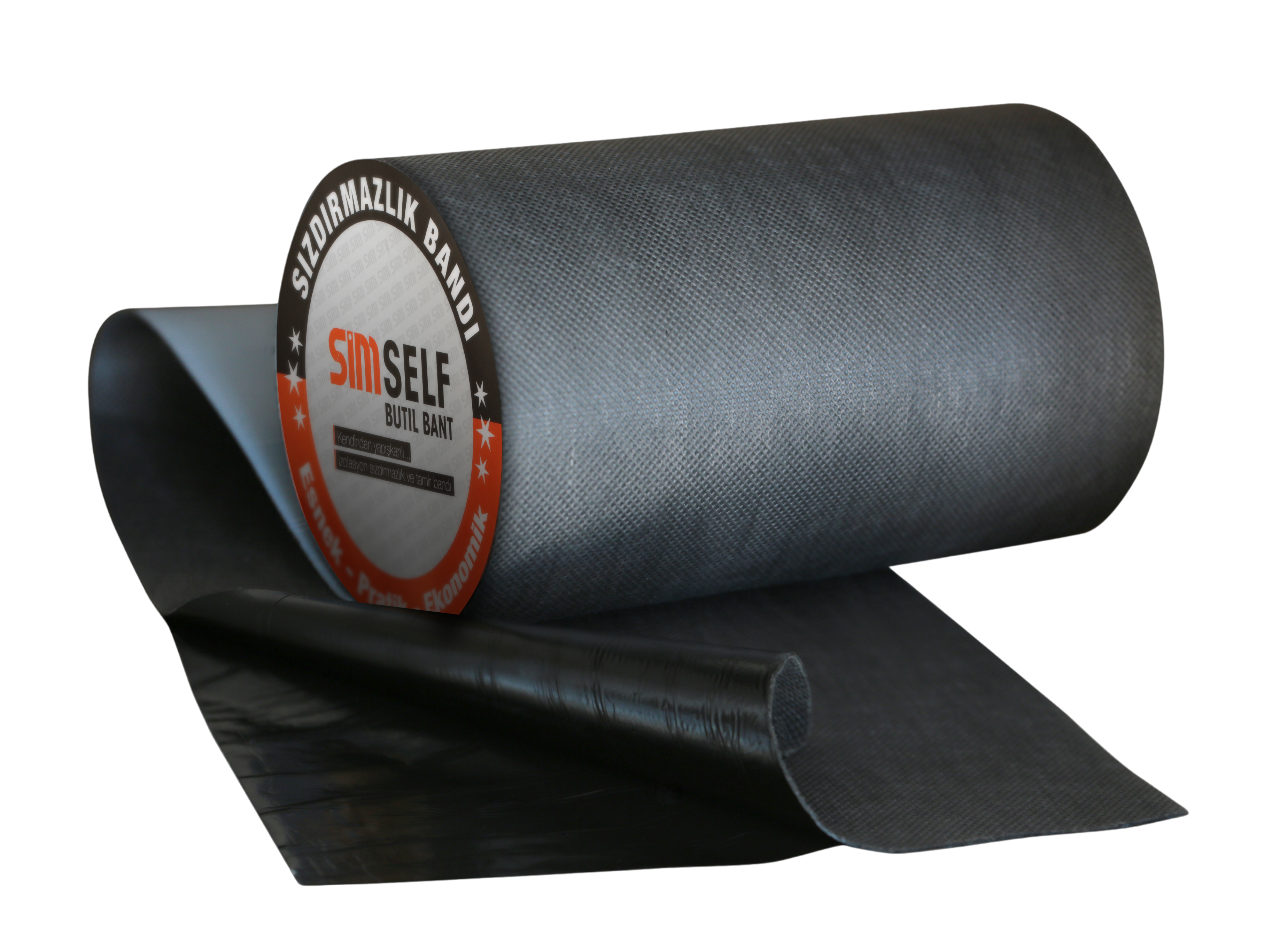
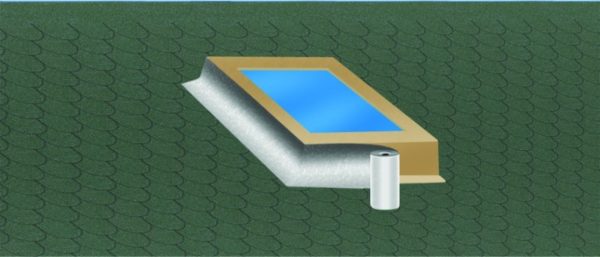
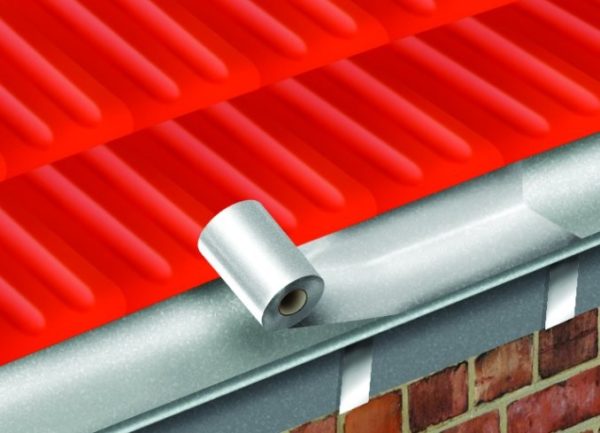
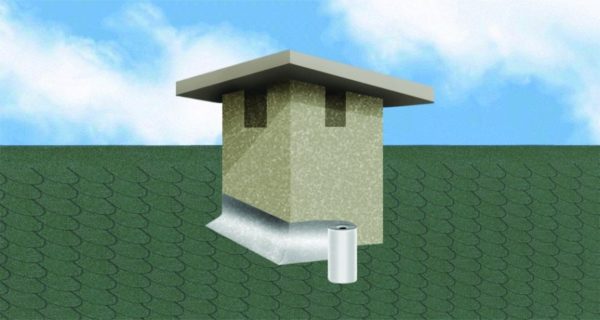
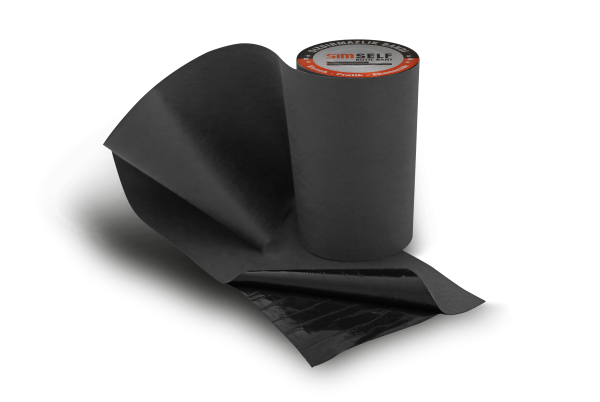
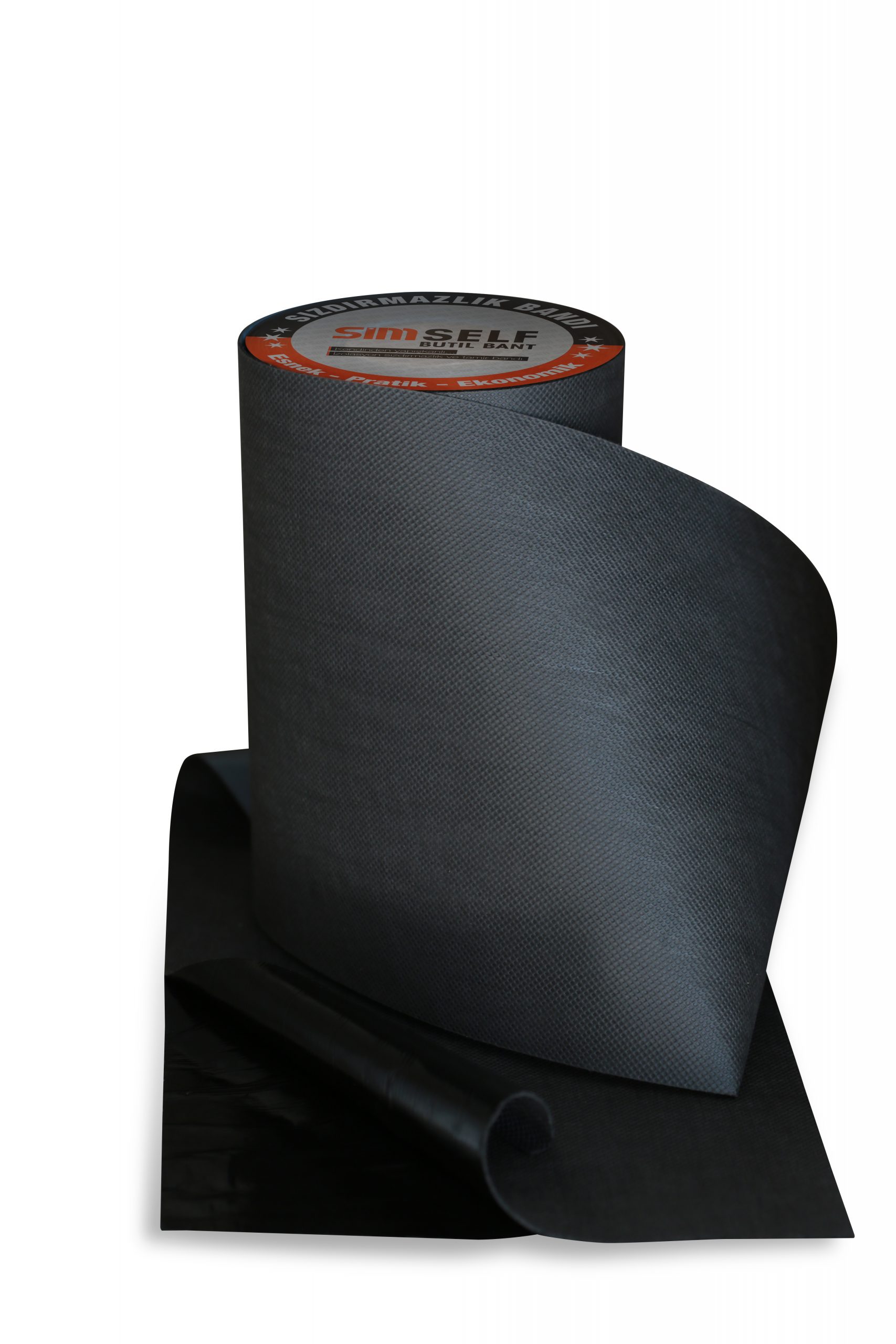
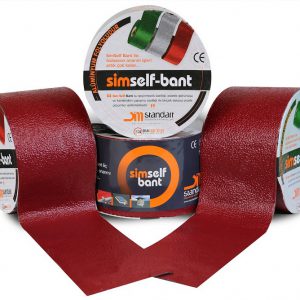
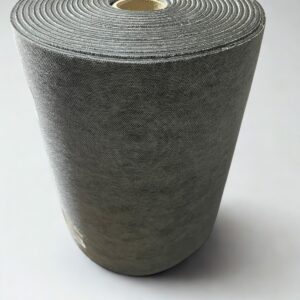
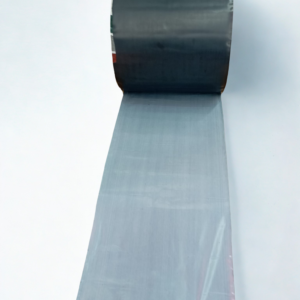
Reviews
There are no reviews yet.